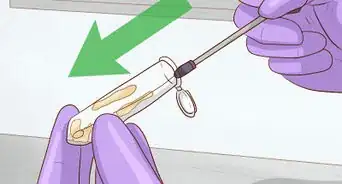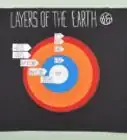This article was co-authored by wikiHow staff writer, Aly Rusciano. Aly Rusciano is a Creative Writer based outside of Nashville, Tennessee. She has over ten years of experience in creative, academic, and professional writing. Aly’s writing has been nationally recognized in the Sigma Tau Delta Rectangle and featured in Blue Marble Review, The Sunshine Review, PopMatters, and Cathartic Literary Magazine. She graduated from The University of Tennessee at Martin with a BA in English, focusing in Creative Writing and minoring in Theatre.
This article has been viewed 2,173 times.
Learn more...
Color is everywhere. It’s on the clothes you’re wearing, the screen you’re reading—everywhere! But just how many colors are there? Well, that all depends on who you ask. Chances are, the colors you’re seeing right now are a bit different than the colors the person next to you is seeing. Why is that? Keep reading to find out!
Things You Should Know
- Scientists estimate that there are about 10 million colors in the world.
- Everyone sees the world differently, so there may be an infinite number of colors out there we’ve yet to discover.
- You're able to see color thanks to light waves reflecting off objects.
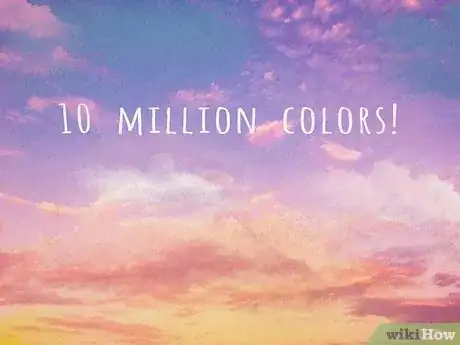
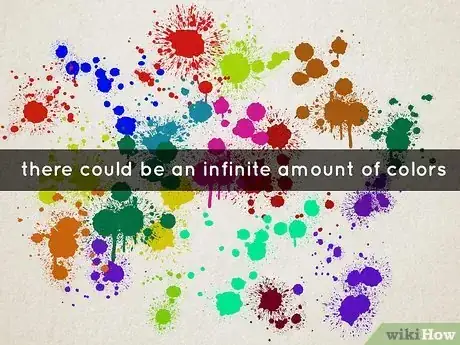


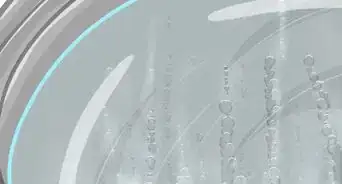
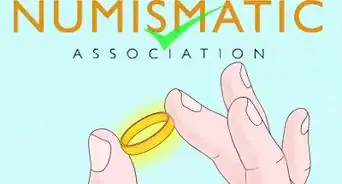
-Electric-Shock-Step-9.webp)






